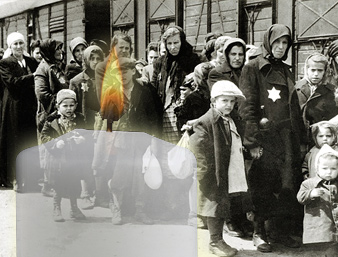
Walking in Shoes Never Worn: Personalizing Holocaust and Genocide Studies
Jensen, Kimberly J.
[about]
The Holocaust looms formidably in history not only for its sheer magnitude, but also for its testament to man’s capacity for absolute evil. It represents what happens when individual prejudices and animosity are manipulated into a collective hatred. More importantly, the Holocaust signifies what happens when individuals act passively in the face of seemingly “minor” injustices (Wiesenthal, 1969/1998). It reminds us that culpability rests in the hands of ordinary citizens, not just the men (and women) who hold seats of power. The reality is that the Holocaust represents each and every one of us: past, present, and future. Alkalaj (1998) argues that each individual must accept responsibility for genocide by “remember[ing] that each and every victim is one of the collective us” (p. 104, original emphasis). The only way to prevent genocide is to recognize its antecedents: individual and societal vilification of “the Other.” As educators, we have a responsibility to educate our students morally and reflectively (Dewey, 1933; Kohlberg, 1976; Purpel, 2010; Volf, 2011). However, this endeavor requires teachers who are dedicated to truth and are willing to stand up against faddish rhetoric that discriminates and alienates.





